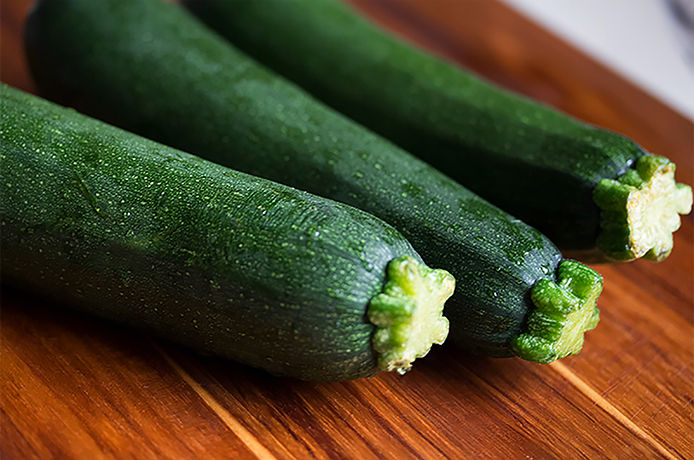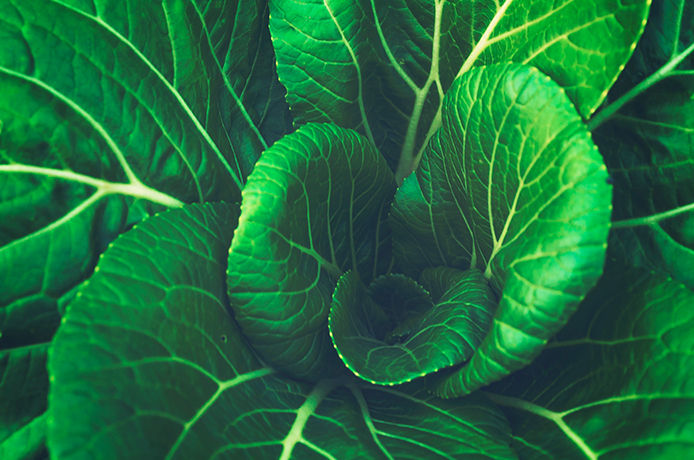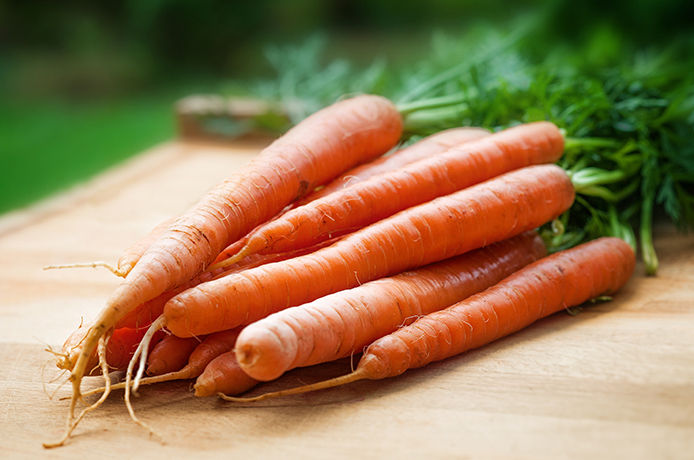Guide to Planting & Growing Fall Vegetables
As summer winds down, it’s easy for garden enthusiasts to feel a bit of the blahs. But don’t fret! There’s still plenty of time to tidy up your summer harvest and dive into some fall planting with those quick-growing veggies!
Every gardener’s journey is unique, shaped by local weather and the layout of their patch. Here’s a handy guide to help you squeeze in those last-minute gardening projects before the season wraps up!
Clean Out Your Summer Garden Bed
irst things first, let’s get your garden ready and shift gears into fall lawn care. How you handle this really depends on our local climate. According to LawnStarter, grass growth slows as the weather cools, but the roots are still busy growing, so it’s crucial to keep your lawn in check before jumping back into the garden.
After you’ve spruced up your lawn, clear out any spent plants, trim back your perennials, and check on your fall crops. If you have perennials, make a note of your garden layout for next season. Don’t forget to fluff up the soil and mix in some compost to give it a boost.
Now you’re all set to kick off your garden, and it’ll be ready in no time!
Fall Vegetables to Grow
There are many different types of crops that still thrive as the cool fall weather rolls around. Here are some types to consider for your fall harvest:
Growing Cucurbit Crops
The most common type of second season crop is going to be the cucurbit crops. Classic imagery appears when you think about the fall season – assuming you mostly picture pumpkins growing off a vine. Cucurbit crops are typically planted earlier in the mid to late spring as they require lots of sunshine, well-drained soil, and between 3.5 to 5 months to mature.
Cucurbit crops include:
- Pumpkins
- Cucumbers
- Squash
- Zucchini
- Melons
For proper maintenance, make sure to keep the soil dry in the final stages of maturity and make note when they ripe. The best way to tell if they are fully mature is by recognizing the shell fullness and evaluating the visible health of the vine. Meaning, if the vine is deteriorating or turning brown, the crop is starting to pass its ripe stage and may start going bad.
Growing Leafy Greens
One of the easiest and fast growing vegetables in the fall time is going to be your leafy greens. These varieties typically mature between 30 and 60 days, depending on the exact species. They thrive on cool temperatures, which makes them more conducive for growth in the fall time. If temperatures at summer’s end are still warm, make sure to keep the seeds hydrated or pre-sprout indoors until the weather cools down.
Leafy green vegetables include:
- Arugula
- Kale
- Lettuce
- Spinach
- Swiss Chard
For proper maintenance, tend to the leafy greens based on your desired leaf maturity. Most leafy green crops are ready for harvesting once their baby leaves appear, but can maintain growth to more intensified tasting leaves.
Growing Root Crops
Root vegetables grow the best in cooler and moist environments, and can withstand frost longer than most vegetables. Similar to leafy greens, they mature rather quickly too so they’ll be ready in time for you to make some tasty autumn dishes before transitioning into the winter. They are also considered second-season crops; some of the varieties can grow summer through fall, and some can grow fall through winter.
Root crop vegetables include:
- Carrots
- Turnips
- Parsnips
- Celeriac
- Beets
- Green Onions
- Sweet Potatoes
For proper maintenance, thin the seedlings so they have adequate spacing to grow. A consistently moist soil is required since the vegetable grows below the surface of the ground. There are a couple ways to tell when the root matures, and this primarily depends on the type. Use the suggested time frame on the seed packaging or look into the length of the stems. The stem length can be a good indicator as to how mature the root vegetable is.

Combating Pests & Diseases
As the summer ends and the fall gardening season begins, it’s important to be attentive to pests and diseases that can affect your fall crops. Even though cooler temperatures often reduce some pests, many can still thrive and pose threats to your garden. Here are some common fall pests and how to manage them:
- Cabbage Worms and Loopers: These pests are notorious for attacking crops like broccoli, kale, and cabbage. An effective organic method to deter these pests is by using floating row covers. You can also try planting companion plants like marigolds or nasturtiums nearby to repel cabbage moths.
- Aphids: Although aphids can appear year-round, they often become problematic in the fall. A strong spray of water can knock them off plants, or you can use neem oil as a natural insecticide. Introducing beneficial insects like ladybugs to your garden is another effective way to control aphids.
- Cutworms: These pests can be particularly destructive in the fall, cutting seedlings at the soil line. Consider using protective collars around the base of each plant, made from cardboard or plastic. Regularly inspect your garden for signs of cutworms and remove any you find.
- Fungal Diseases: Cooler, damp conditions in the fall can promote fungal diseases like powdery mildew or downy mildew. To prevent these diseases, ensure good air circulation around your plants by not overcrowding them. Remove any affected leaves immediately and consider using an organic fungicide if necessary.
By staying proactive and utilizing these pest control methods, you can protect your fall garden and ensure a healthy harvest.
Harvesting and Storage Tips
One of the best things about fall gardening is the delicious harvest. The cooler temperatures often enhance the flavor and texture of many vegetables, making them sweeter and more satisfying to eat. Knowing when and how to harvest your crops is essential for maximizing their shelf life and ensuring they taste their best.
Root Vegetables: For fall veggies like carrots, beets, and radishes, aim to harvest them at their prime size before a hard frost sets in. These root crops thrive in cooler soil, which boosts their sweetness. If they’re left in the ground too long after a hard frost, they can become tough and lose that lovely flavor.
Leafy Greens: Greens like kale, spinach, and Swiss chard can be picked throughout the fall. Interestingly, these leaves tend to get sweeter after a light frost! Start by harvesting the outer leaves and leave the center intact, allowing the plant to keep growing. This way, you can extend your harvest well into winter.
Proper Storage: After harvesting, it’s crucial to store your veggies correctly to keep them fresh. Root vegetables like carrots and beets do best in a cool, moist environment. For leafy greens, wash and dry them, then store them in plastic bags with some ventilation to prevent wilting. If you want to preserve them long-term, consider freezing or canning your vegetables.
By timing your harvests carefully and storing your produce right, you can savor the bounty of your fall garden for months to come!
Best Practices & Tips for Fall Gardening
Success in fall gardening around here takes a few smart strategies to tackle the cooler weather. Here are some local tips to help you make the most of your fall garden:
Plan and Prepare Early: Planning is key! Start by figuring out when the average first frost hits in our area, then count backward to know when to plant each crop. Cool-season veggies like spinach, kale, and broccoli should go in the ground in late summer to early fall to mature before the first hard frost.
Watering: Even with cooler temps, keeping your plants hydrated is essential. The chilly weather can lead to drier soil since moisture evaporates more slowly. Check your soil moisture regularly and water in the morning to help leaves dry out before night, which reduces the risk of fungal diseases. A layer of mulch around your plants will help retain moisture and keep roots cozy.
Protect Against Frost: As the temperatures drop, be ready to shield your crops from early frosts. Floating row covers and cold frames can give your plants a few extra weeks of warmth. Plant your fall crops in the sunniest spots in your garden, like south-facing slopes or near heat-retaining walls.
By following these local tips, you can boost your fall garden’s success and enjoy a bountiful harvest. Gardening can be a challenge, but there’s nothing quite like that fresh, farm-to-table goodness right from your backyard. So get outside and take advantage of the cooler weather coming our way!






